
Whether through digital channels, print or on exhibit, the impact, influence and reach of the still image has never been greater. But with so many images fighting for our attention, how do photographers make work that most effectively stands out and connects with an audience. In this seven-part series, TIME looks back over the past 12 months to identify some of the ways of seeing—whether conceptually, aesthetically or through dissemination—that have grabbed our attention and been influential in maintaining photography’s relevance in an ever shifting environment, media landscape, and culture now ruled by images.
Everyday Everywhere
There is little doubt that when Everyday Africa was launched by photographer Peter DiCampo and writer Austin Merrill in 2012, it offered a welcome and refreshingly positive take on a continent that was so often portrayed through strife, turmoil, war and famine. The project—made with smartphones and disseminated through social media platforms including Tumblr and Instagram—concentrated on showing the mundane and incidental aspects of everyday life to reveal a side of Africa that was often overlooked. Everyday Africa’s subsequent expansion from its two founder members to a wider network of contributing photographers established the model that this year became a franchise and spread Everyday’s reach across the globe, from Everyday Asia and Everyday Latin America to Everyday Bronx.
One of the most interesting developments came when David Guttenfelder (TIME’s Instagram Photographer of the Year 2013), Matt Black (TIME’s Instagram Photographer of the Year 2014) and a collective of talented documentary photographers—and equally innovative Instagram users—launched Everyday USA, not only to record offbeat moments but to bring awareness to off-the-radar issues here at home. This year, TIME gave the group its first commission for #TIMEvets, a multi-platform project coinciding with Veterans Day. Alongside Everyday USA, Guttenfelder somehow found time in his busy newfound freelance career (this year, he parted ways with the Associated Press after 20 years) to initiate Everyday DPRK to continue his work from inside North Korea through the lenses of the country’s homegrown photographic talent.
Over the past two years, DiCampo has helped guide photographers interested in developing their own outshoots – with Everyday Asia and Everyday Latin America drawing on his input to shape their message. And this year, the Everyday project matured when the “owners” of some of the most successful Everyday accounts met for the first time in New York to coincide with an exhibition of their work. “I think we have a voice to talk about what cell phone photography is and to try, in some way, to lead the discussion on rights, usage and [the like],” DiCampo told TIME in September last year. The meeting resulted in the creation of the Everyday Everywhere project, which has the ambitious goal of changing “the way we see the world”.
While 2014 saw the explosion in the number of Everyday feeds on Instagram, 2015 could be a make-or-break year for many of them. The original purpose of Everyday Africa was to combat the stereotypical imagery that emerged from the continent. There are other places that could benefit from a similar approach, but only the most rigorous of practitioners – with well thought-out plans – will be able to sustain their followers’ interest in the long-run. The risk is that the multiplication of such feeds – Everyday Climate Change launched on Jan. 1 with a staggering number of participating photographers – will dilute their importance, bringing to an end one of the most interesting photographic experiments we’ve seen in years.
Read Part 1 – Direct to Audience.
Read Part 2 – Documentary Still Life.
Read Part 3 – The Portrait Series.
Read Part 4 – The Contemporary Photo Essay.
Read Part 5 – From Stills to Motion.
Read Part 6 – Books Within Books.
Phil Bicker is a Senior Photo Editor at TIME.
Olivier Laurent is the editor of TIME LightBox. Follow him onTwitter and Instagram @olivierclaurent

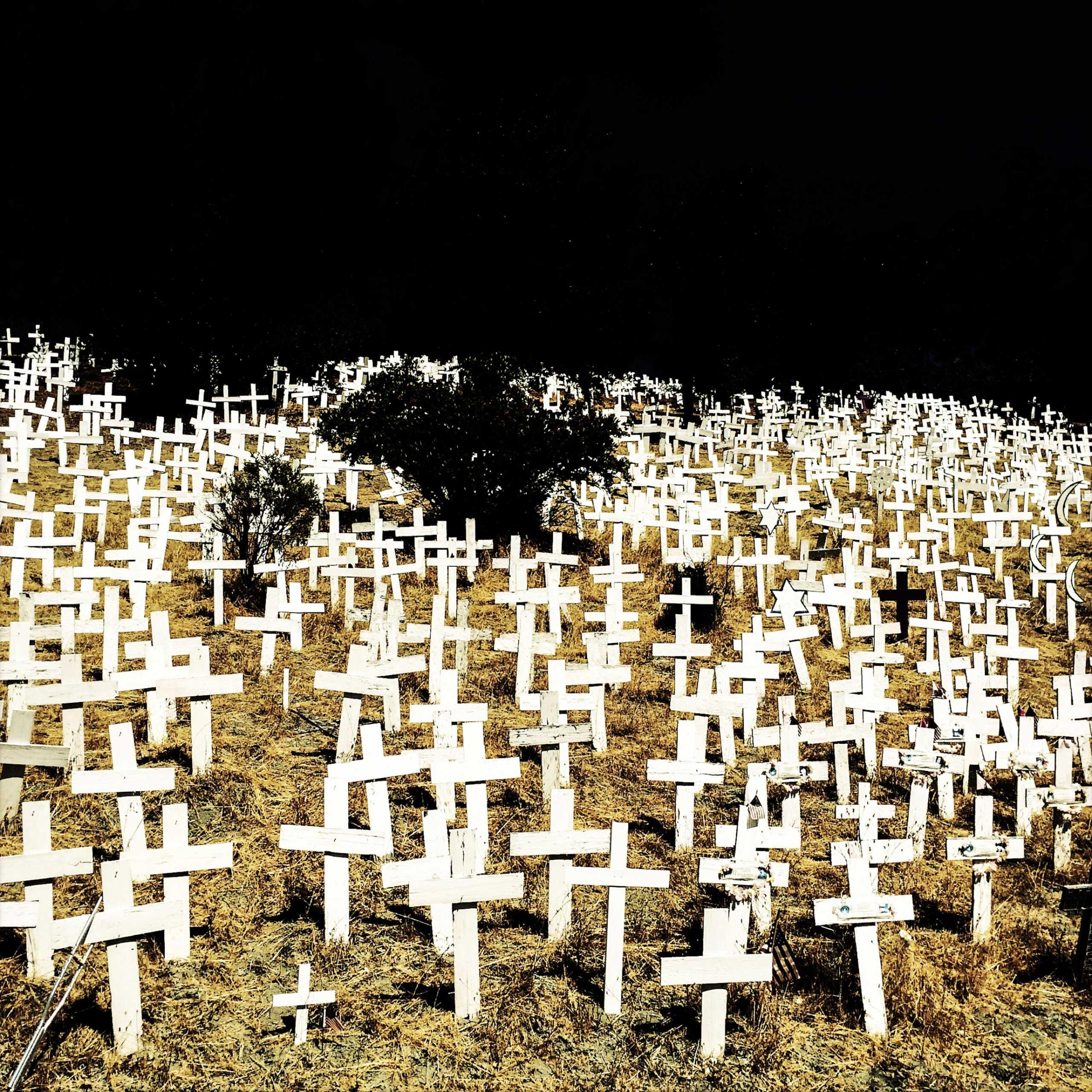
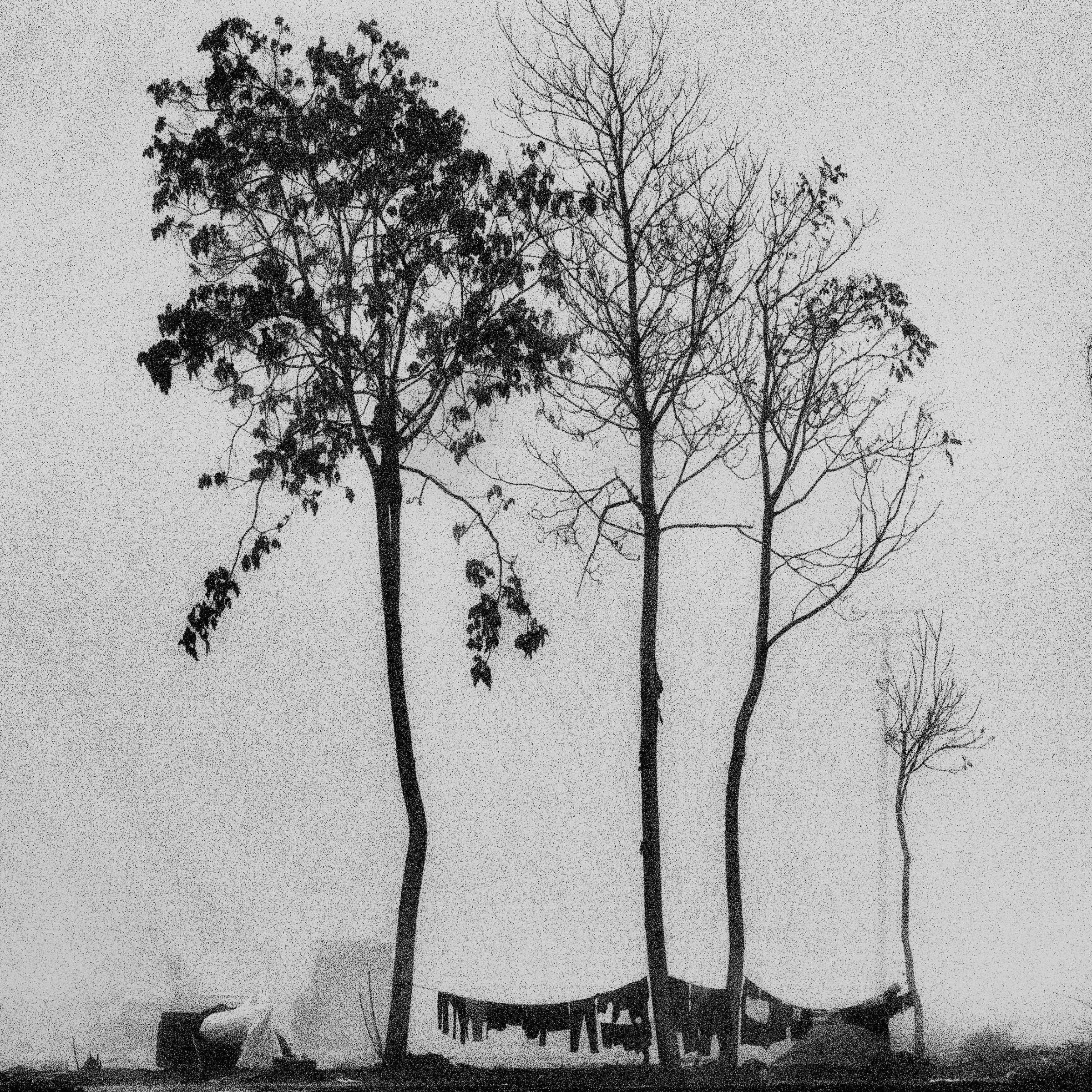


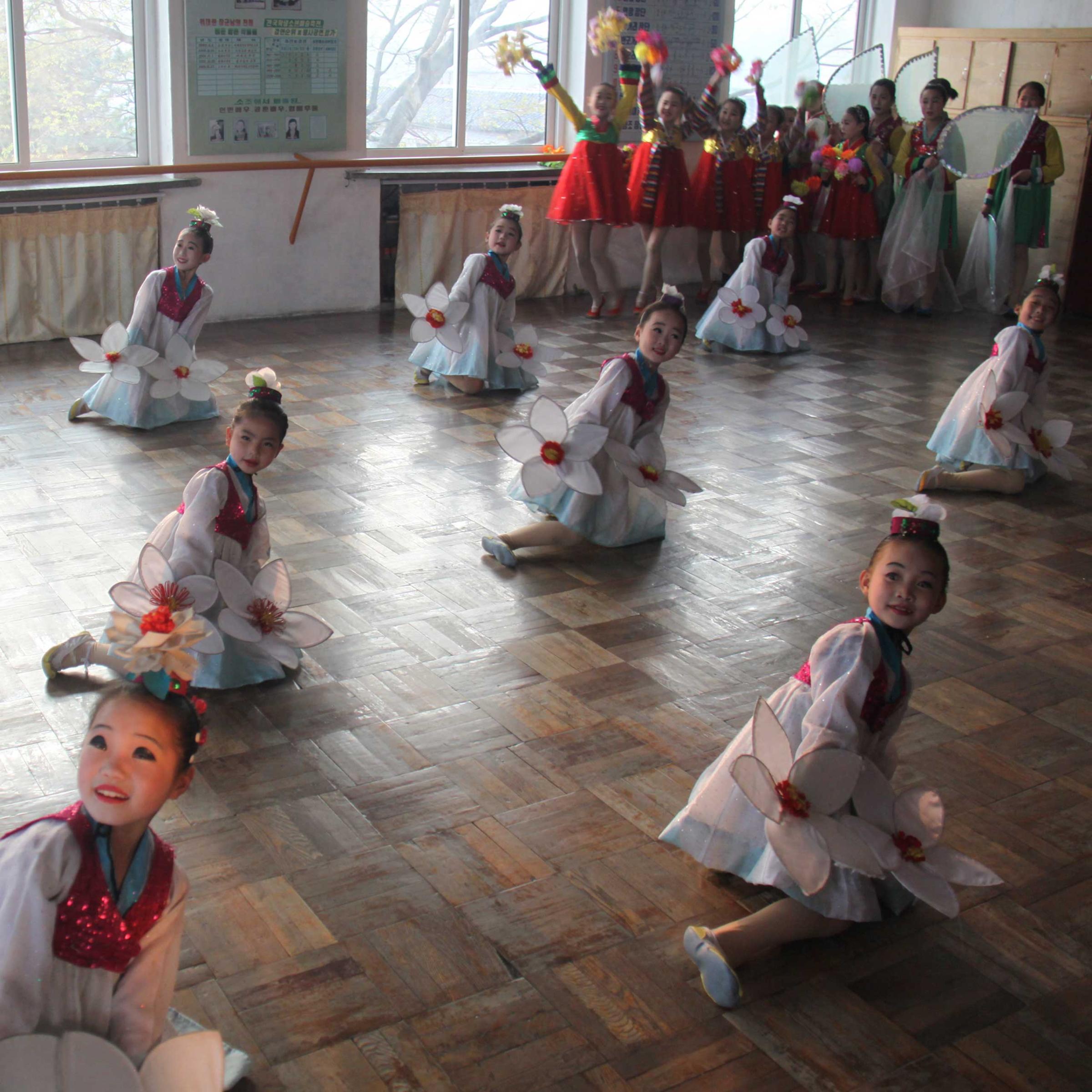
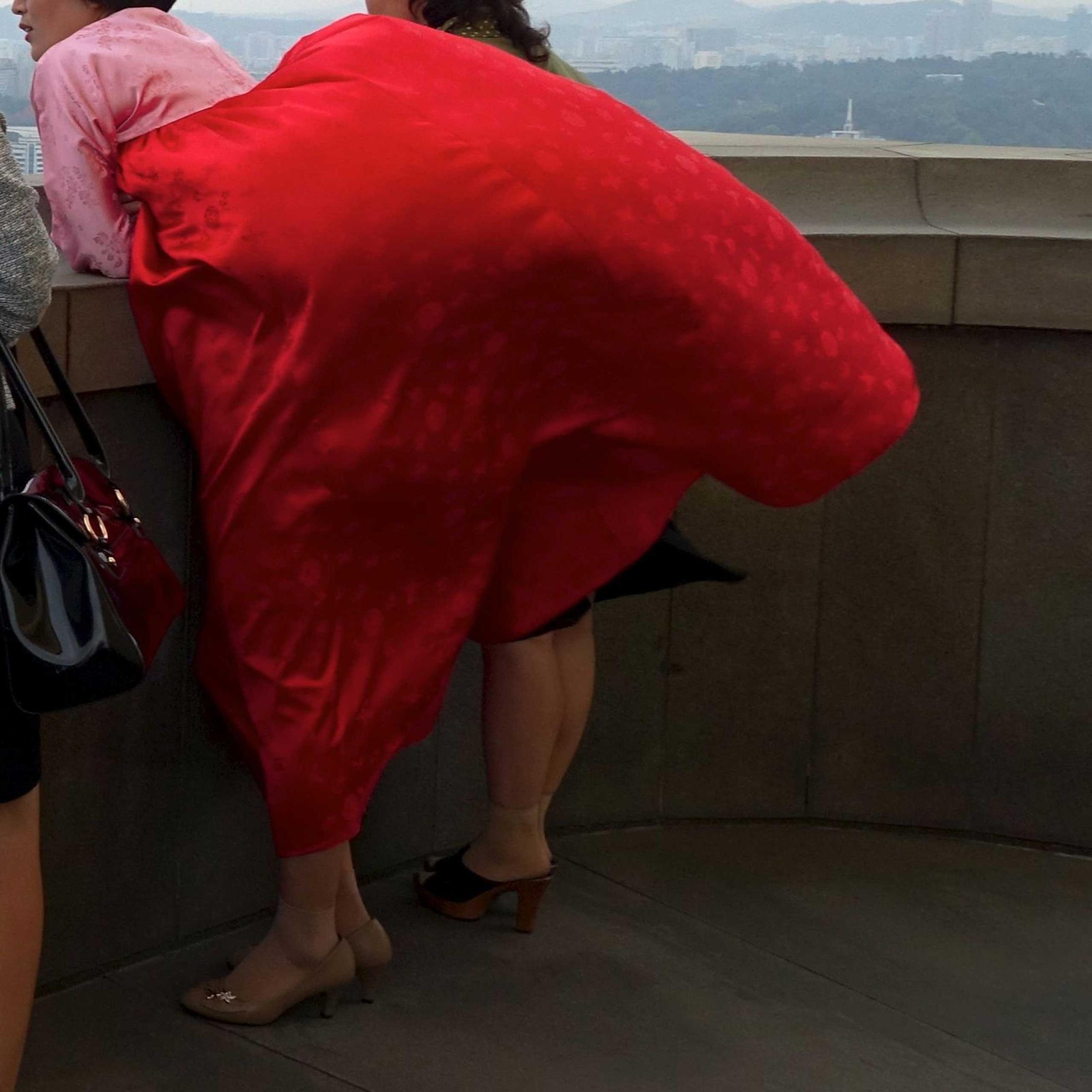
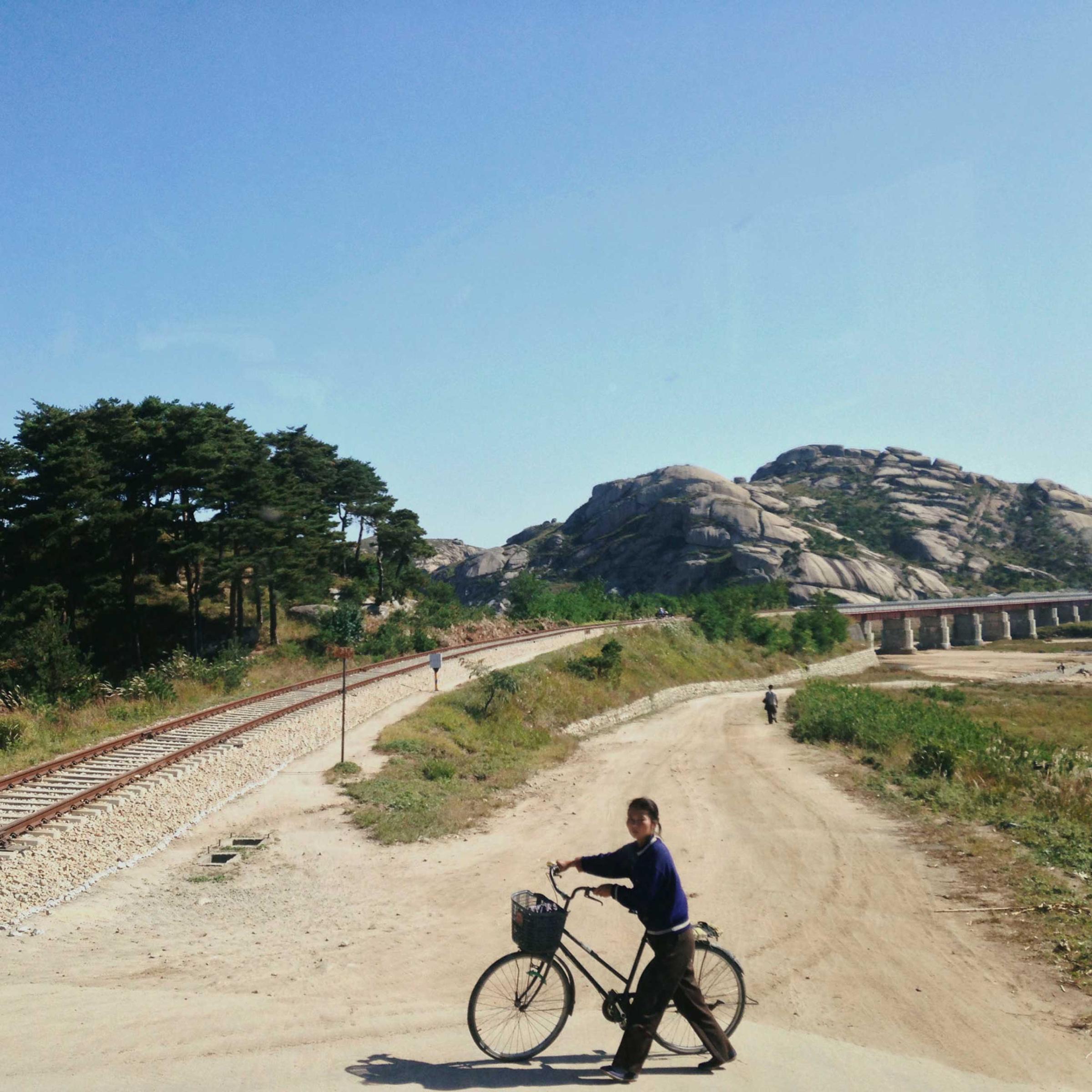

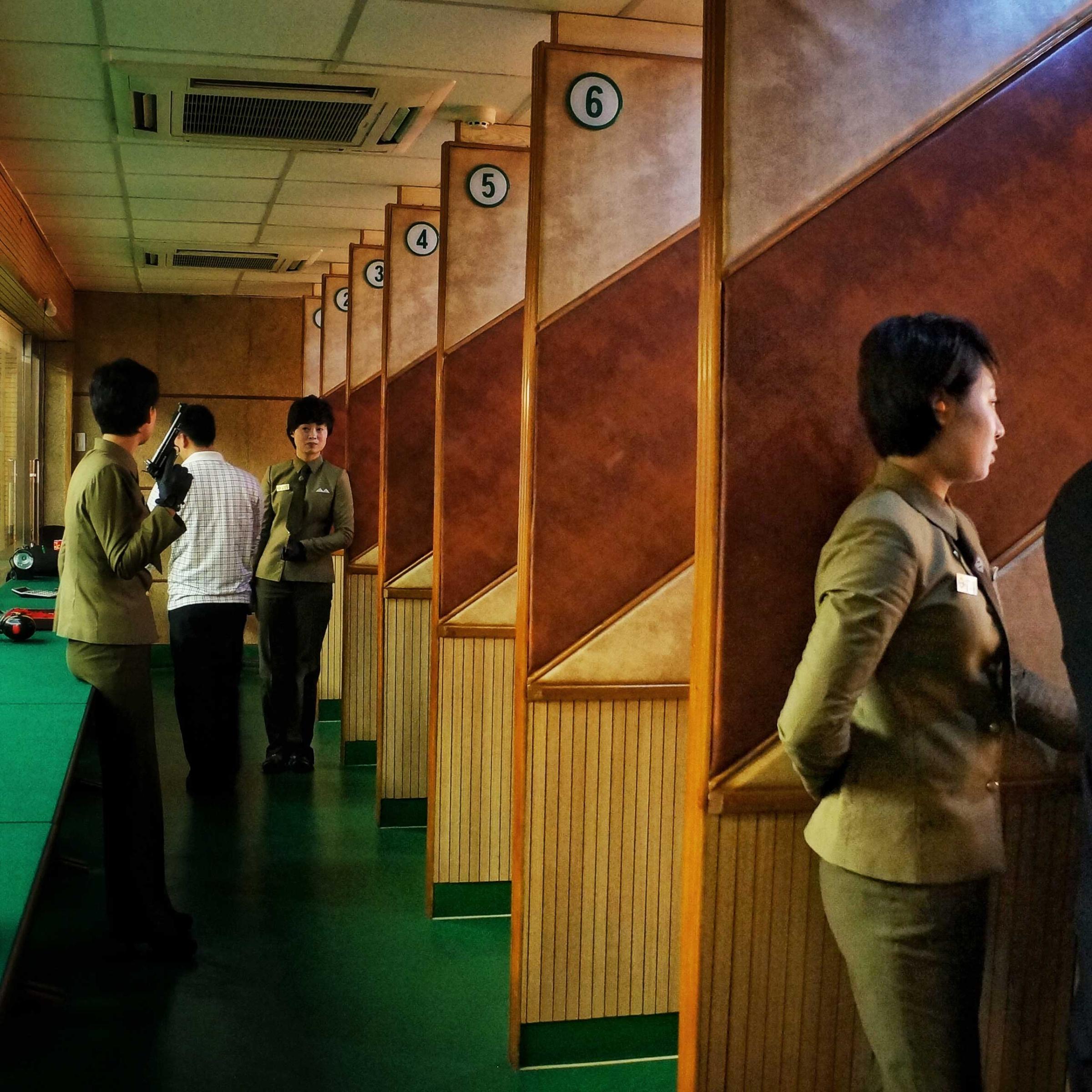

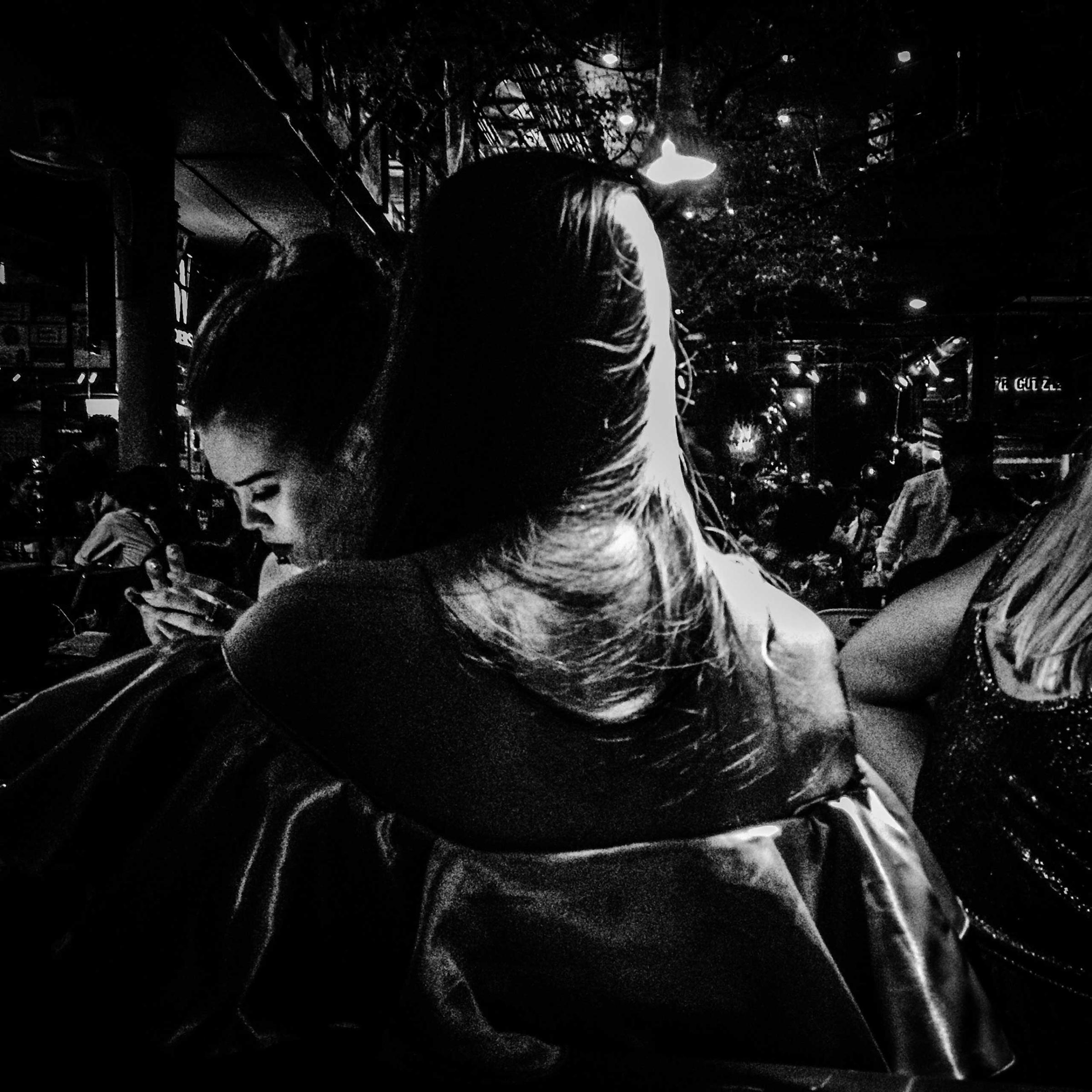


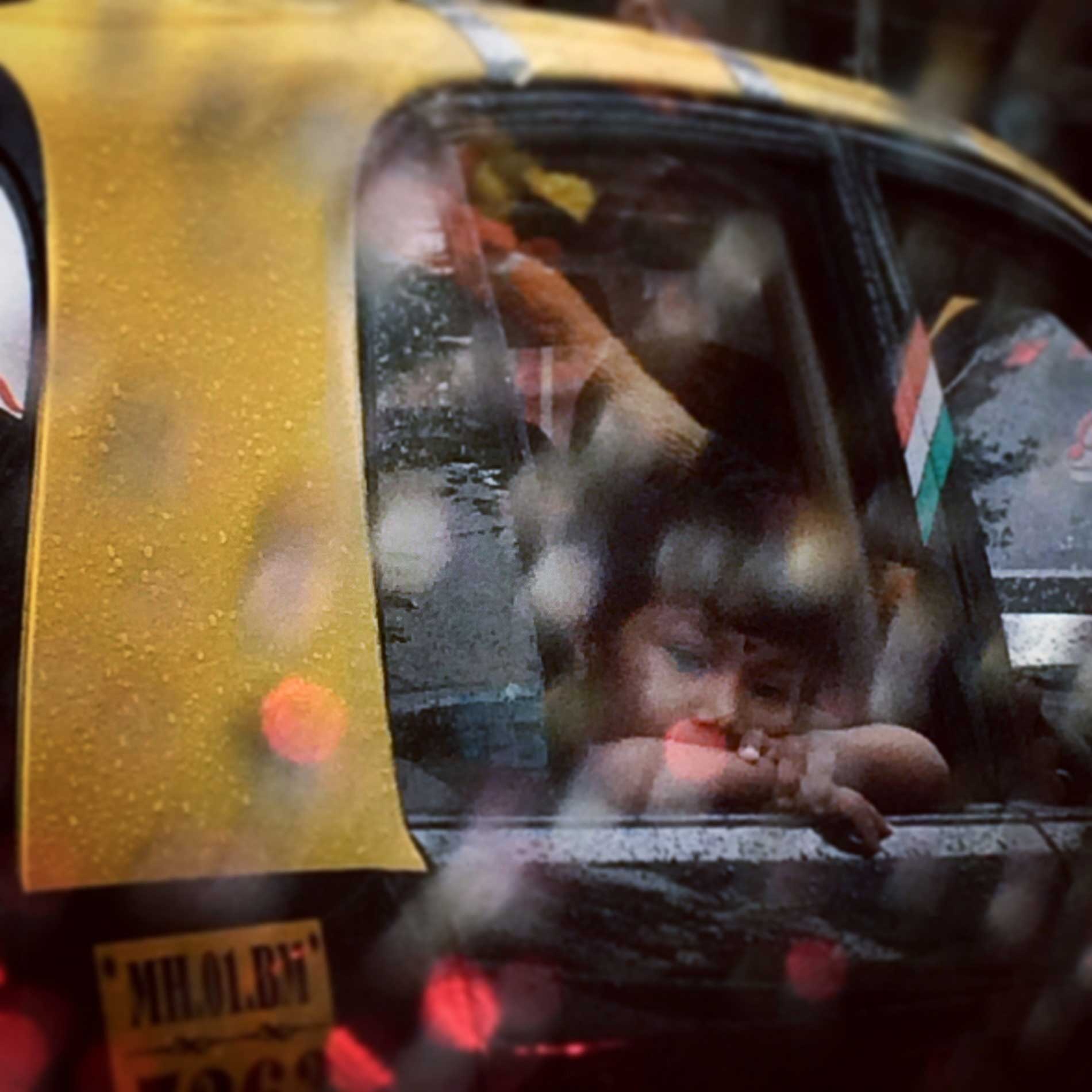
More Must-Reads From TIME
- The 100 Most Influential People of 2024
- The Revolution of Yulia Navalnaya
- 6 Compliments That Land Every Time
- What's the Deal With the Bitcoin Halving?
- If You're Dating Right Now , You're Brave: Column
- The AI That Could Heal a Divided Internet
- Fallout Is a Brilliant Model for the Future of Video Game Adaptations
- Want Weekly Recs on What to Watch, Read, and More? Sign Up for Worth Your Time
Contact us at letters@time.com